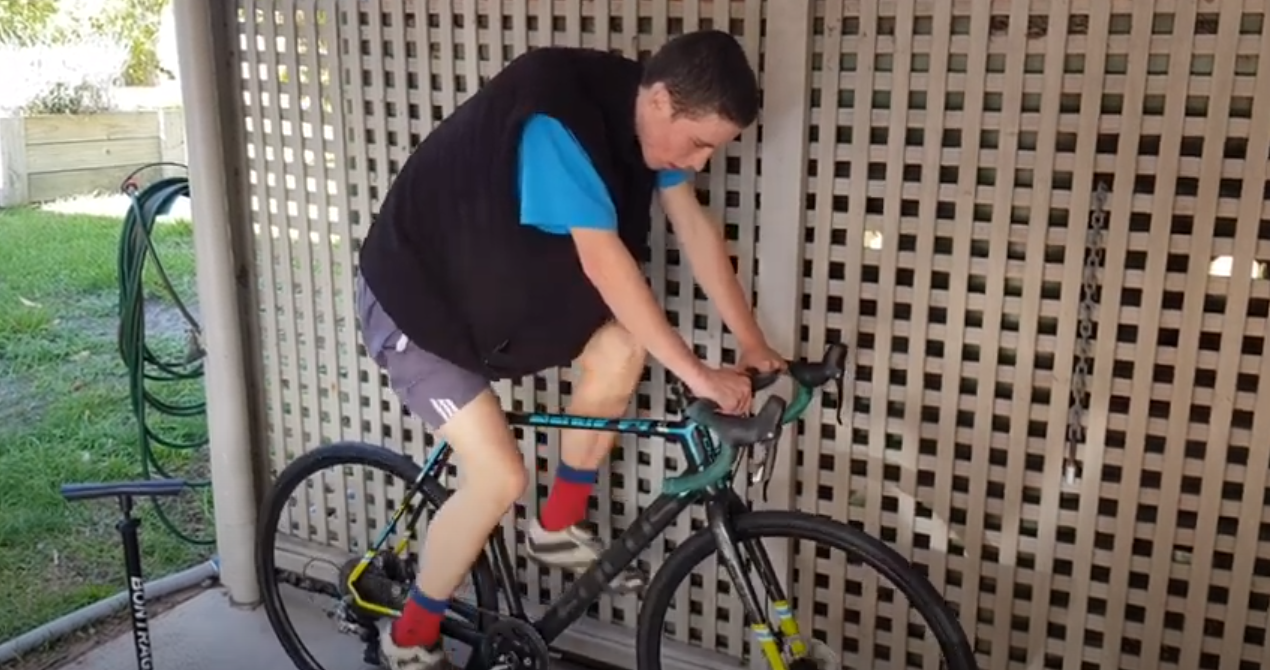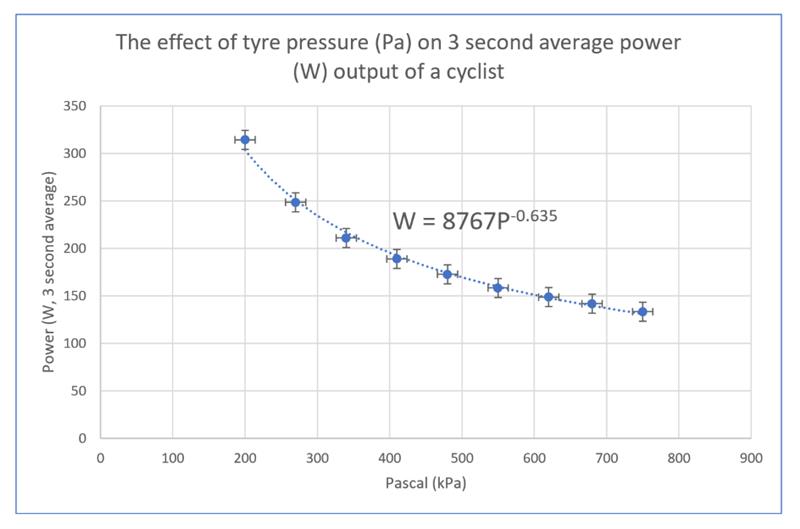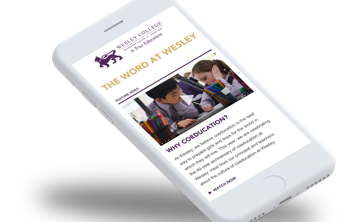
Year 12 students are investigating some of the fundamental questions of physics, with some useful results, as Matt Jones explains.
One of the key assessment tasks completed by Year 12 Physics students in the International Baccalaureate Diploma Program (IB DP) is the internal assessment or IA. It’s essentially an individual investigation that involves each student planning, undertaking and writing-up a practical experiment of their own choosing. With students learning online from home in virtual classrooms, they are tackling the IA without access to Wesley’s labs and resources. It’s a disaster, right? Wrong.
The fact is the IB DP Physics course is taught practically, with a focus on students designing investigations, collecting and analysing data, and evaluating and communicating their findings. Sure, their IAs could be lab based, but the good news for students learning from home is that the home happens to be the epicentre of the physical universe. It’s where many of the fundamental questions of physics can be found, from the complexities of gravity to the way solids and liquids can behave like, well, liquids and solids.
Some of the IB DP Physics students are investigating the weird ways water behaves, one is looking at the effects of wing area on flight time, another the effect of varying body mass when riding a road bike, a third the effect of tyre pressure when riding a road bike – evidently there are a few bike riders in the class.
Learning from home is the perfect time for students to undertake the IA, but it does involve plenty of discussion and guidance, as well as authentication. We’re doing both by meeting in the MS Teams environment, with students regularly updating their progress using their OneNote Class Notebook. They’re able to upload images and video footage, tables of results and written work, and they’re fully embracing the opportunity to demonstrate their creativity and interest in their chosen topics.

Henry Rawlings is investigating the effect of tyre pressure on the wattage required by a rider on a road bike to maintain a specific cadence, all other things being equal. Turns out it has quite an impact. That’s something students who usually ride to school might like to know when they can return to on-campus learning.

Students are showing me that necessity really is the mother of invention. Sure, it would be nice to have access to CERN’s Large Hadron Collider but that’s not possible right now. Meanwhile, authentic learning in all its variety continues from the epicentre of the physical universe: home.
Matt Jones is an IB DP Physics teacher and the VCE/VET Coordinator at Wesley’s St Kilda Road Campus.
Author’s note: there is no centre of the universe.
